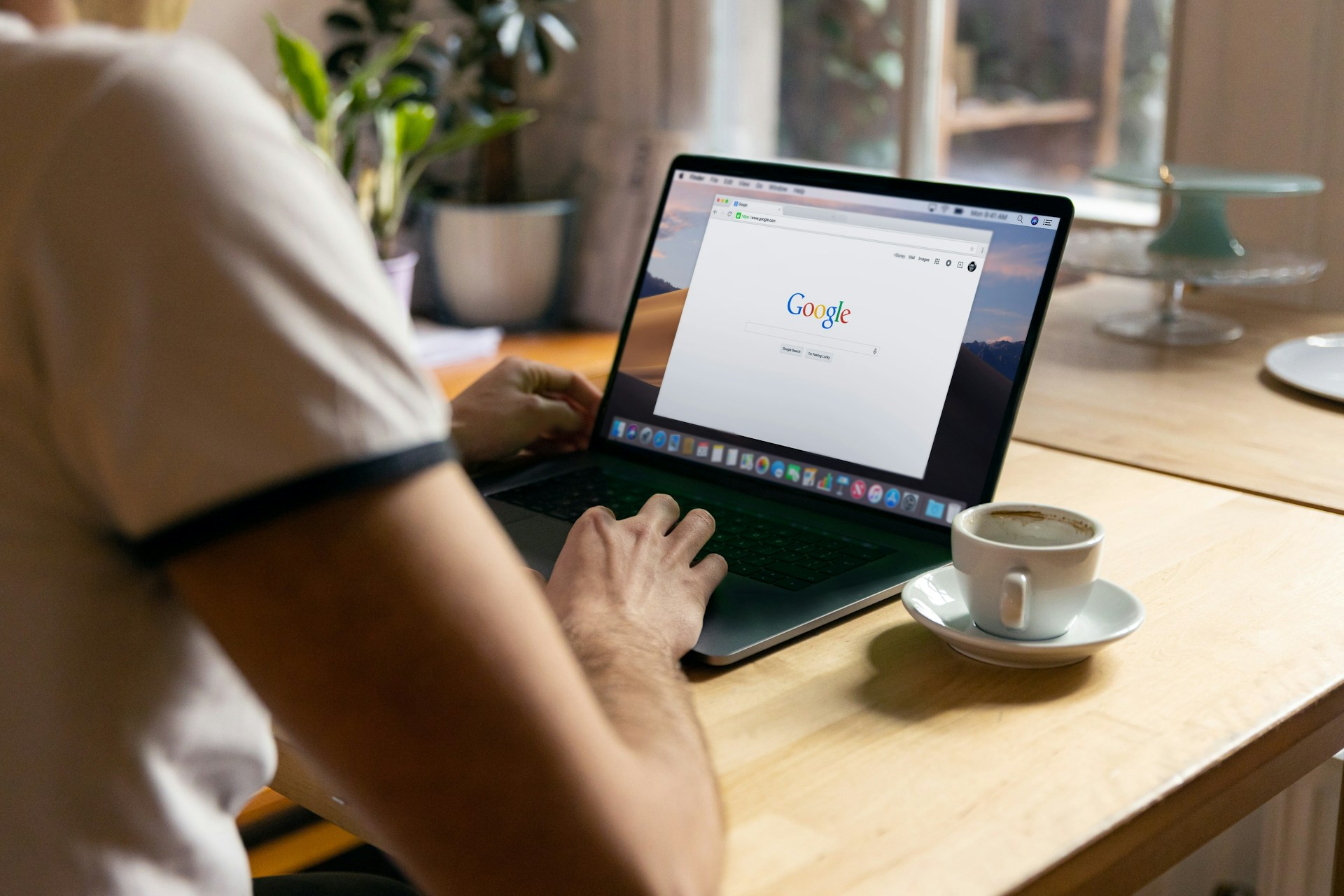Injustice and social media are two areas that affect lives and societies across the world. Both exist separately, but when they overlap, misinformation spreads and certain platforms or advertising can enforce stereotypes or further divide communities. With an approach like the “veil of ignorance,” users can have a better relationship with social media.
The concept of a veil of ignorance comes from John Rawls’ 1971 book, “A Theory of Justice.” In this book, Rawls discusses the importance of an “ignorant” approach when creating societies. For social media, the concept remains but becomes digital.
What Is the Veil of Ignorance?
Injust societies exist throughout the world. However, Rawls’ “veil of ignorance” concept takes a theoretical approach to a new society — one that doesn’t yet exist but could become just and equal through this veil. The approach is “ignorant” because the creators of the society — all individuals — wouldn’t be aware of their future role or position in said society. Therefore, they would need to take an objective perspective to ensure that everyone would have equal opportunities.
Socioeconomic status is one of Rawls’ main focuses in his book. Since it’s a driving motivator for different individuals, it would provide a level of certain equality. Individuals from wealthy backgrounds would want to maintain that status. With no knowledge of their role in the new society, however, they would have to work to build an environment where all could succeed.
This kind of ignorance removes ways for the most privileged individuals to ensure their success at the expense of others. Meritocracy — or the idea of pulling oneself up by the bootstraps — wouldn’t exist in this new society since it relies on false premises. The veil means that all would have the same resources and opportunities from the start.
Similarly, individuals in poverty would have the same goals but from a different perspective. Coming from a poor status, they’d want to ensure their future would be successful.
Ultimately, the veil of ignorance puts forward an objective way to create a society. Everyone would theoretically be able to have the same rights and equality as everyone else.
Social Media Ignorance
Though Rawls used the idea of the veil to describe a physical society, the same concept stands for social media, but manifests in different ways. From advertising to politics, social media is a key player in creating online equality.
Many companies use consumer behavior and demographics to personalize online ads. Similarly, social media platforms will attempt to gear suggestions and ads towards certain groups based on preferences and behavior as well.
For example, Facebook’s use of “psychometrics” — the measure of personality traits and behaviors — has come into hot water in recent years. Facebook has used personal data in presumptive ways, leading to race-based stereotypes or generalizations for certain users.
Facebook also came under scrutiny for mishandling user information. A leak with Cambridge Analytica, a political data organization, exposed 87 million Facebook users to political targeting during the 2016 election.
Misinformation spreads rapidly across social media and into real life. Paired with unequal advertising and targeting, the mishandling of personal information creates a volatile online environment. In it, not everyone has access to the same resources, and people become vulnerable. The divide between individuals and communities then grows.
These examples only scratch the surface of various divides across social media. However, with the same veil of ignorance approach that Rawls puts forward, social media could become a more equal playing field.
How Can We Apply the Veil of Ignorance to Social Media?
The theory of creating a social media landscape from scratch can take on the veil just as a normal society could. Since the majority of adults in the United States get their news from social media, these platforms must be equal on all levels. Platforms can’t stereotype preferences based on demographics, and they must deal with misinformation.
Since the 2016 presidential election, misinformation has become a global issue. Under the veil, however, social media would need to remove all misinformation. This step allows users to have access to all the same factual resources as everyone else. Twitter, for instance, has recently been investing in ways to combat misinformation while raising awareness of the facts.
Through a veil, Facebook’s digital discrimination wouldn’t exist either. Now that a study from Cornell University has detailed Facebook’s advertising tactics, gradual change will come with more public pushback.
However, if individuals created a social media environment with Rawls’ idea of ignorance at its center, the demographic breakdown wouldn’t stereotype or generalize based on identity. While personalization is helpful and may provide a better experience, this method from Facebook moves into invasive territory that disproportionately affects those who are already minorities or at a disadvantage.
In the ideal social media world, misinformation wouldn’t exist and everyone would receive the same treatment from each platform.
Combining the Two Ideas
Rawls wrote his book before the existence of social media. Now, it only makes sense to apply his concept of the veil of ignorance to platforms like Facebook, Twitter, Instagram and others. Misinformation and profiling are two of the main areas in which the veil could help provide better equality — social media could then become a just society in its own right.
Recent Stories
Follow Us On
Get the latest tech stories and news in seconds!
Sign up for our newsletter below to receive updates about technology trends




